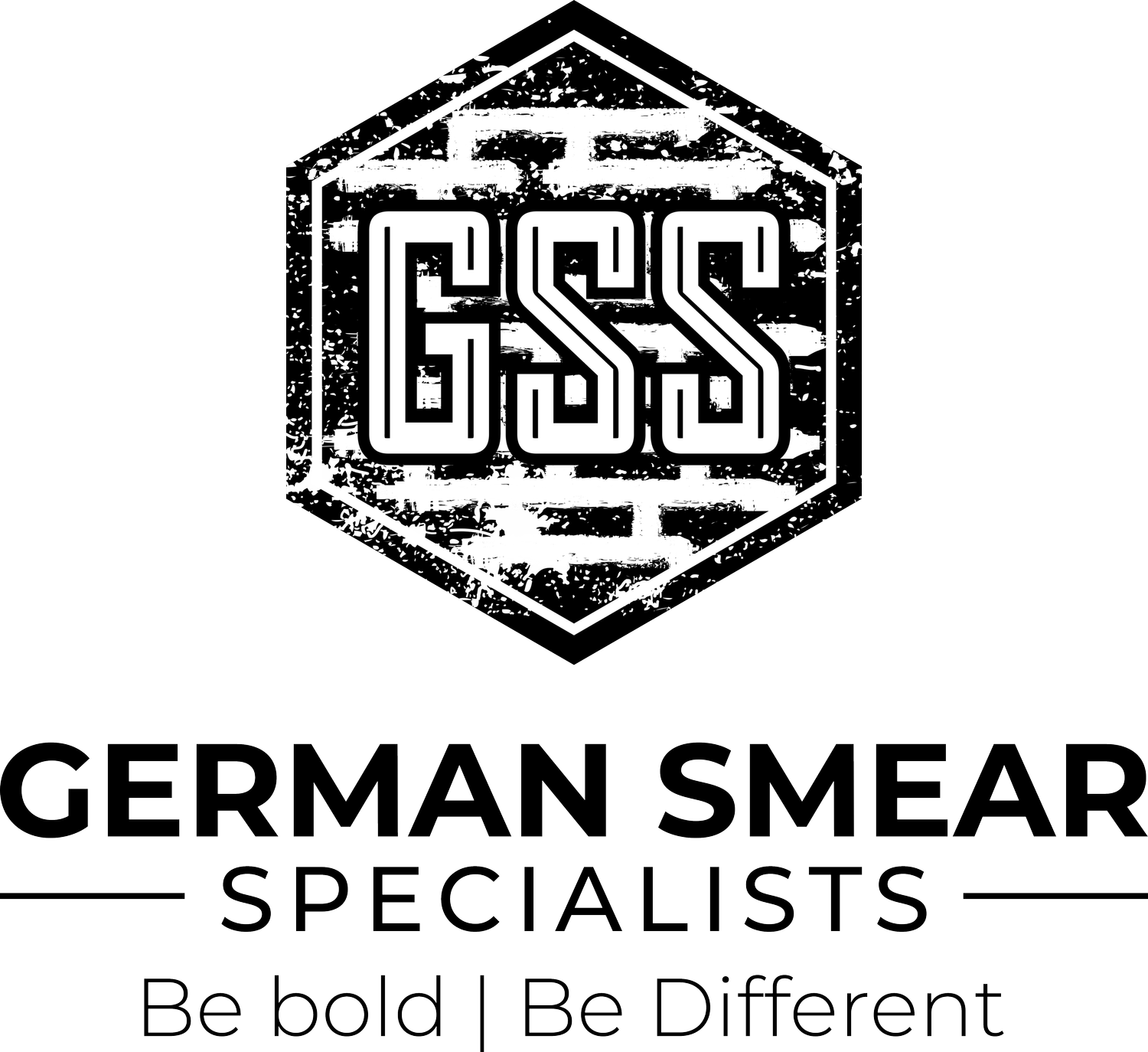Tuckpointing vs. Repointing: What’s the Real Difference?
Ever Stared at Your Brick Wall and Thought, “Is This Falling Apart?”
You’re not alone. Homeowners often start noticing small cracks or crumbling mortar and wonder what’s going on — and more importantly, how to fix it. A quick Google search brings up two terms that sound almost identical: tuckpointing and repointing.
They both involve fixing mortar joints… so what’s the difference?
Let’s clear it up once and for all — and help you decide which one your home actually needs.
🔧 Repointing: The Structural Saviour
Think of repointing as the “bones and braces” of your brickwork. It’s the process of carefully grinding out damaged or loose mortar joints and replacing them with fresh, durable mortar.
This isn’t about looks — it’s about stopping water damage, sealing gaps, and keeping your walls or chimney from crumbling over time.
Common signs you might need repointing:
You see powdery white residue or cracks in your mortar lines
Rainwater is starting to seep into your brick wall
Mortar flakes off at the touch
Gaps between bricks are large enough to fit a pencil
Repointing can extend the life of your brickwork by decades if done right. And bonus — it often boosts your home’s value by preventing larger structural issues down the road.
🎨 Tuckpointing: The Glow-Up for Brick
Now, tuckpointing is where the beauty comes in. It also involves removing old mortar, but instead of stopping at functional repair, tuckpointing takes things a step further.
It’s a technique that uses two colors of mortar:
One that matches the color of the brick (to create the illusion of thin, clean joints)
And a second, usually white or light gray, that's "tucked" in a narrow line over the center — giving the appearance of pristine, handcrafted masonry
It’s mortar magic — and a favorite technique for restoring older homes or jazzing up uneven brickwork.
Perfect candidates for tuckpointing include:
Historic homes with faded brickwork
Facades where brick and mortar color don’t match well
Anyone wanting crisp, uniform lines across their exterior
🤔 Which One Does Your Home Need?
Here’s the truth: you might need one, the other — or both.
If your main concern is cracks, gaps, or moisture intrusion, then repointing is probably the first step.
If your brickwork is solid but looks uneven or tired, then tuckpointing might be the finishing touch.
In some cases, professionals start with repointing and then apply tuckpointing to the most visible areas for a full-strength, full-beauty solution.
🛠️ Why It Matters More Than You Think
Mortar might seem minor, but it's what keeps your brickwork standing strong. Choosing the right repair method doesn’t just improve your home’s appearance — it preserves its structural integrity for years to come.
Too often, people slap new mortar or paint on brick thinking it’s an easy fix. But without understanding the real needs of your mortar joints, you could be trapping moisture or hiding deeper issues.
🧩 A Worthy Alternative: German Smear — Structure + Style in One Step
If you're considering tuckpointing or repointing, there's another option that might offer even more — German Smear.
This technique isn’t just cosmetic. When applied by professionals, German Smear involves repairing and filling mortar joints, similar to a repointing service, but also goes a step further by applying a textured mortar wash across the surface of the brick. The result? A permanently bonded finish that strengthens the wall, seals imperfections, and dramatically transforms the look of your home.
Here’s why it stands out:
✅ German Smear Covers Both Bases:
Reinforces structural integrity by sealing weak or failing joints during the process
Visually updates the entire surface with a soft, rustic finish that blends modern charm with historic character
Works on bricks that are mismatched, stained, or aged unevenly — offering a full reset for your exterior
Unlike traditional tuckpointing that focuses only on joints, German Smear treats the full face of the brick, creating a unique and timeless aesthetic that actually adds value. And because it uses breathable mortar instead of paint, it won't trap moisture or cause long-term brick damage.
💰 Cost-Comparable, But Longer Lasting
In many cases, German Smear is priced similarly to tuckpointing and repointing when you consider the full surface coverage and dual benefits. But unlike paint or thin veneers, it never needs reapplication, never chips or flakes, and can last a lifetime with almost zero upkeep.
If you're looking for a more transformative solution that improves your home’s protection and curb appeal in one go — this might be the smarter investment.
🏁 Final Thought: Know Your Options Before You Repair
When it comes to brickwork, you’re not limited to patching mortar or adding contrast lines. Today’s advanced finishes like German Smear offer a modern, durable, and visually striking alternative that combines the benefits of tuckpointing and repointing into one process — with a twist that turns your home into a showpiece.
Whether you stick to the traditional route or explore something new, your bricks deserve better than a band-aid fix. Choose wisely. Your walls will thank you.
🔗 Source Links:
National Park Service – Preservation Brief 2: Repointing Mortar Joints in Historic Masonry Buildings
This brief provides comprehensive guidance on repointing techniques, materials, and best practices for historic masonry structures.
🔗 https://www.nps.gov/orgs/1739/index.htmAngi – Tuckpointing vs. Repointing: What's the Difference?
This article explains the distinctions between tuckpointing and repointing, including their purposes and when each method is appropriate.
🔗 https://www.angi.com/articles/tuckpointing-vs-repointing.htmHomeGuide – Tuckpointing and Repointing Cost Guide (2025)
Offers detailed cost estimates for tuckpointing and repointing projects, helping homeowners budget effectively.
🔗 https://homeguide.com/costs/repointing-or-tuckpointing-costBrick Industry Association – Maintenance of Brick Masonry
Discusses the importance of maintaining mortar joints and the role of repointing in preventing water infiltration and structural damage.
🔗 https://www.gobrick.com/media/file/46-maintenance-of-brick-masonry.pdfBob Vila – Guide to German Smear
Provides an overview of the German Smear technique, its aesthetic benefits, and how it compares to other brick finishing methods.
🔗 https://www.bobvila.com/articles/german-smear/

